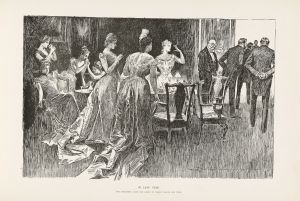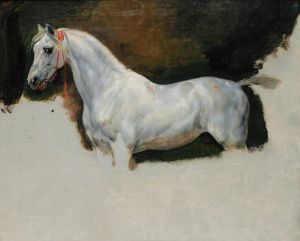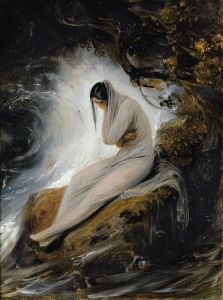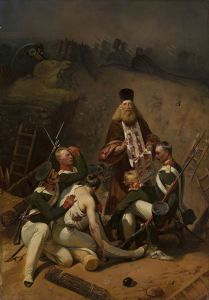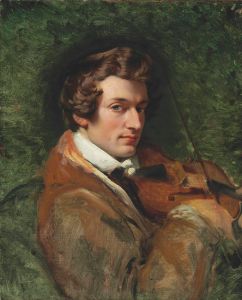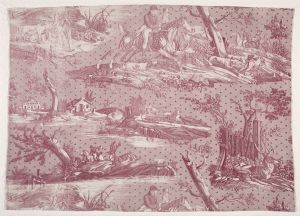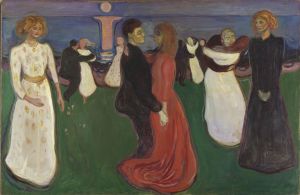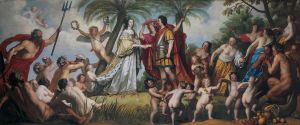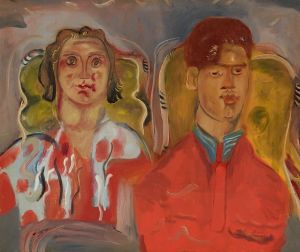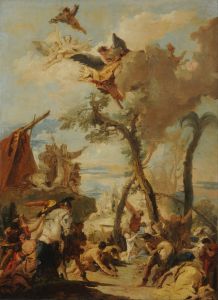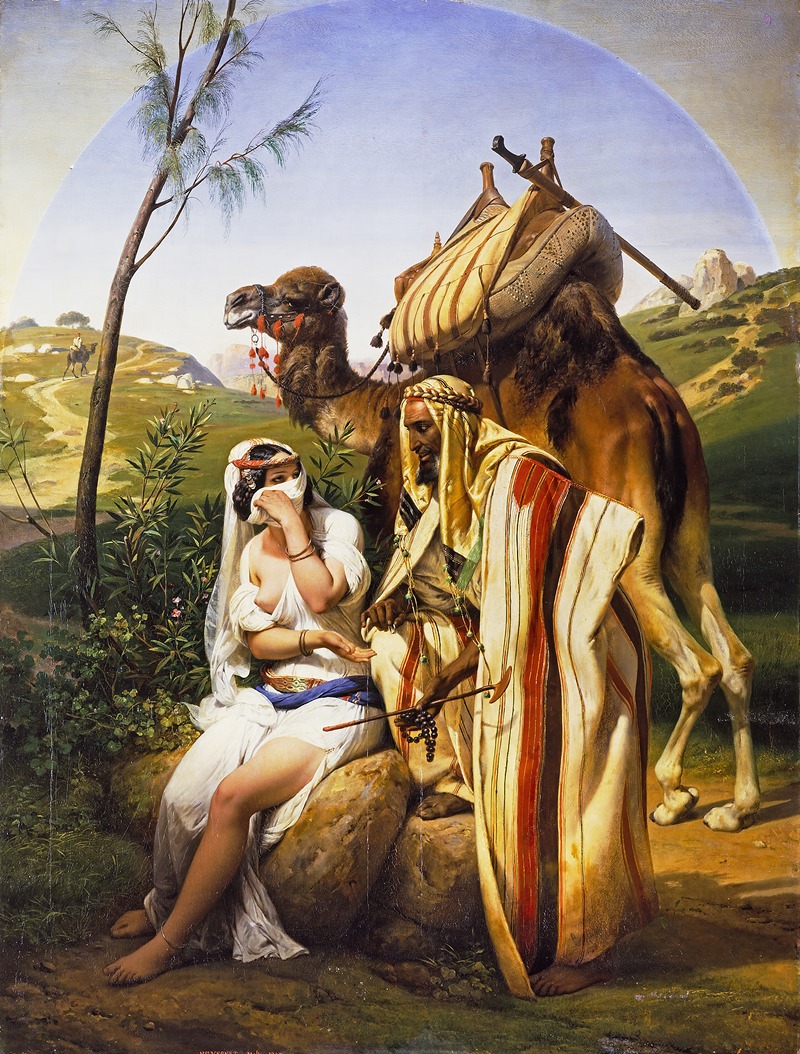
Judah and Tamar
A hand-painted replica of Horace Vernet’s masterpiece Judah and Tamar, meticulously crafted by professional artists to capture the true essence of the original. Each piece is created with museum-quality canvas and rare mineral pigments, carefully painted by experienced artists with delicate brushstrokes and rich, layered colors to perfectly recreate the texture of the original artwork. Unlike machine-printed reproductions, this hand-painted version brings the painting to life, infused with the artist’s emotions and skill in every stroke. Whether for personal collection or home decoration, it instantly elevates the artistic atmosphere of any space.
Horace Vernet's painting Judah and Tamar is a work of art that depicts the biblical story of Judah and Tamar, as recounted in the Book of Genesis, Chapter 38. This narrative is part of the Hebrew Bible and is significant for its exploration of themes such as justice, family, and morality. The painting was created by Horace Vernet, a prominent French artist of the 19th century, known for his historical and biblical subjects, as well as his military scenes.
The story of Judah and Tamar centers on Tamar, the widowed daughter-in-law of Judah, one of the twelve sons of Jacob. After the death of her husband, Tamar is left without a child, which in the cultural context of the time was a significant issue, as it threatened her social and economic security. According to the custom of levirate marriage, Judah's next son was obligated to marry Tamar to provide her with offspring. However, after the death of Judah's second son, Onan, Judah hesitated to fulfill this obligation through his youngest son, Shelah. Tamar, recognizing the injustice, took matters into her own hands. She disguised herself as a prostitute and seduced Judah, resulting in her becoming pregnant. When her pregnancy was revealed, Judah initially condemned her, but upon learning the truth, he acknowledged his wrongdoing and declared, "She is more righteous than I."
Vernet's painting captures a moment from this complex and morally charged story. While specific details about the composition and style of this particular work are not widely documented, Vernet's broader oeuvre is characterized by dramatic realism and attention to detail. His ability to convey emotion and narrative through his art is evident in his other works, and it is likely that Judah and Tamar reflects these qualities as well.
Horace Vernet (1789–1863) was a highly regarded artist in his time, celebrated for his ability to bring historical and biblical scenes to life. He was part of a family of artists and was trained in the neoclassical tradition, though his work often incorporated elements of Romanticism. Vernet's career included commissions from the French government and royal patrons, and his works were exhibited in prestigious venues such as the Paris Salon.
Unfortunately, detailed information about the provenance, current location, and specific artistic analysis of Judah and Tamar is limited. As such, this painting remains one of the lesser-documented works in Vernet's extensive portfolio.






